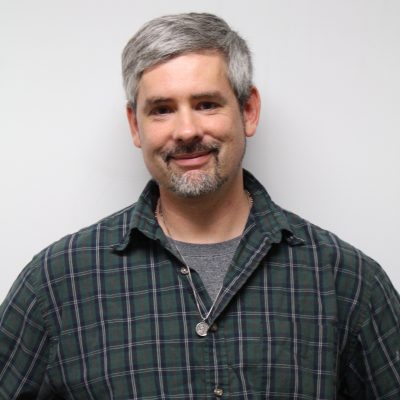Student Spotlight: John Wyatt Greenlee

March 18, 2019
John Wyatt Greenlee is a doctoral student in medieval studies from Salt Lake City, Utah. After attending Hamilton College as an undergraduate and East Tennessee State University for his masters, he chose to attend Cornell to study cartographic and spatial history.
What is your area of research and why is it important? Describe your research in non-expert language.
I work primarily on cartographic and spatial history. Studying the way that people in the past have thought about and mapped their surroundings tells us a great deal about how they understood themselves in relationship to the world, the cosmos, and other peoples. My dissertation, which describes the role of eels in English history during the medieval and early modern periods, began with observations I made about maps of London in the 17th century. Close study of maps opens a lot of doorways for discovery.
What inspired you to choose this field of study?
I have always loved maps, and I took a class on critical cartography and spatial history during my M.A. program at East Tennessee State University. I hadn’t previously considered that cartographic history might be something that one could aspire to, but the material in that course offered me a new set of tools and methodologies for investigating the past that just made sense to me.
What does it mean to you to have been awarded the Medieval Academy of America’s Digital Humanities and Multimedia Studies Prize?
I am, firstly, thrilled to have received the award, and gratified to know that my work is having an impact in broader academic communities. More than anything, though, I’m delighted because this should increase my project’s reach. I built the Mapping Mandeville Project as an educational tool, and I am hopeful that this prize means that more people will be able to learn from it.
What does this award mean for your research going forward?
Probably the largest single effect will be to further open doors for working with other scholars. I’ve already had several collaborative projects that have come out of Mapping Mandeville, and I can see where the increased visibility will put me in contact with other scholars from around the world doing similar kinds of work.
What are your hobbies or interests outside of your research or scholarship?
I like to spend time with my two children. We live in Newfield and we have a big yard that always needs a lot of attention, especially in the summer. I play volleyball and badminton, and I like to draw.
Why did you choose Cornell to pursue your degree?
I applied to Cornell because there were people here that I specifically wanted to work with. I chose to come here because of the school’s amazing resources, and because of the fantastic people – faculty and graduate students – in the medieval studies program.
